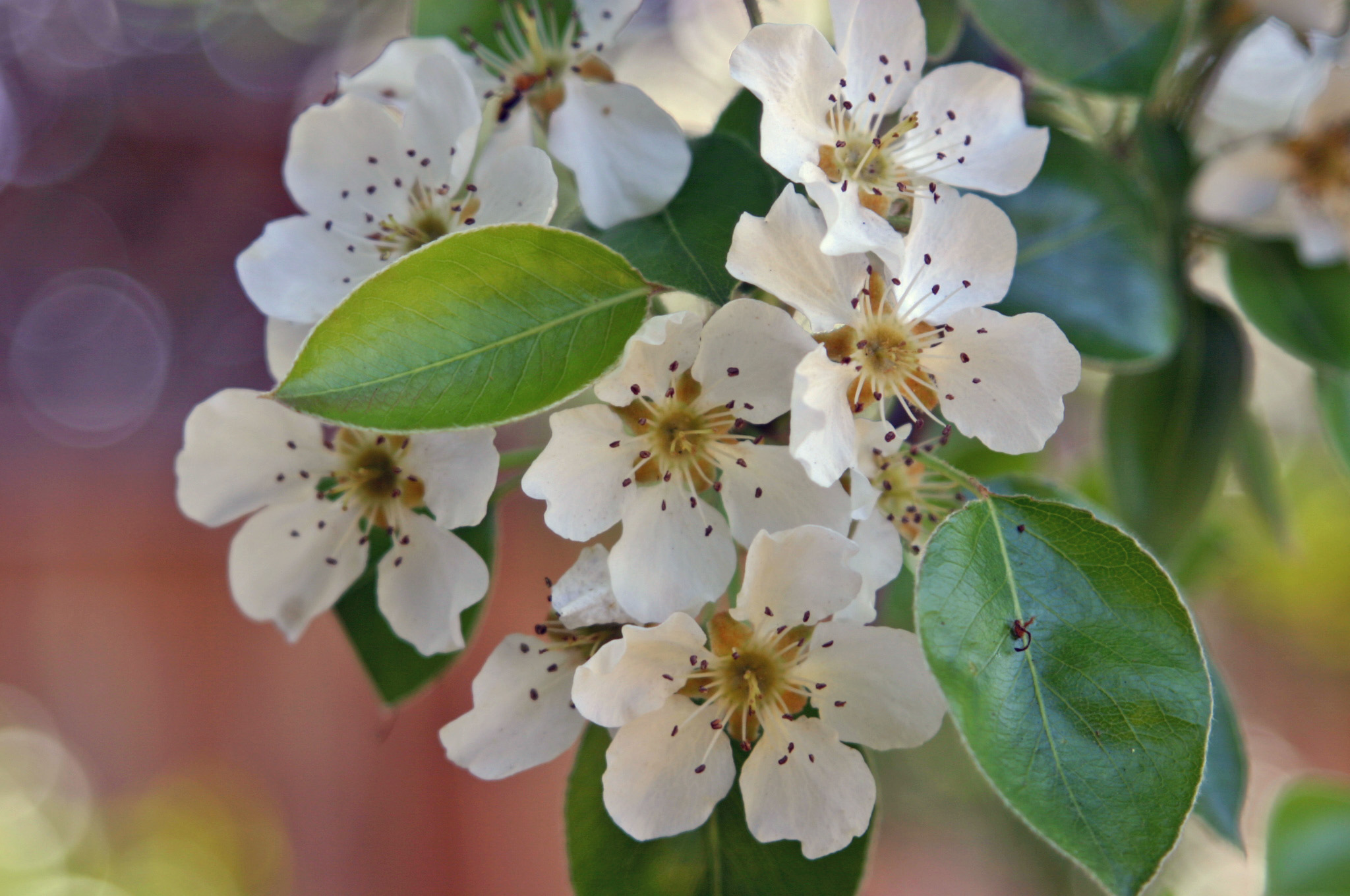|
Shuifu
Shuifu () is a county-level city under the jurisdiction of the prefecture-level city of Zhaotong, in the northeast of Yunnan province, China, bordering Sichuan to the east and northeast across the Jinsha River. History Shuifu has only 25 years of history. It used to belong to Sichuan province, but it is now in Yunnan province. Administrative divisions Shuifu City has 1 subdistrict and 3 towns. ;1 subdistrict * Yunfu, Yunnan, Yunfu () ;3 towns * Xiangjiaba, Yunnan, Xiangjiaba () * Taiping, Yunnan, Taiping () * Liangwan, Yunnan, Liangwan () Agriculture Rice, maize, corn, pears. Transportation There is a train-station outside the town itself. The Jinsha River passes by it. Many roads are connected to the town, and a huge freeway was under construction in 2006. References External linksOfficial Site County-level divisions of Zhaotong Cities in Yunnan {{Yunnan-geo-stub ... [...More Info...] [...Related Items...] OR: [Wikipedia] [Google] [Baidu] |
Yunnan
Yunnan , () is a landlocked province in the southwest of the People's Republic of China. The province spans approximately and has a population of 48.3 million (as of 2018). The capital of the province is Kunming. The province borders the Chinese provinces of Guizhou, Sichuan, autonomous regions of Guangxi, and Tibet as well as Southeast Asian countries: Vietnam, Laos, and Myanmar. Yunnan is China's fourth least developed province based on disposable income per capita in 2014. Yunnan is situated in a mountainous area, with high elevations in the northwest and low elevations in the southeast. Most of the population lives in the eastern part of the province. In the west, the altitude can vary from the mountain peaks to river valleys by as much as . Yunnan is rich in natural resources and has the largest diversity of plant life in China. Of the approximately 30,000 species of higher plants in China, Yunnan has perhaps 17,000 or more. Yunnan's reserves of aluminium, lead, ... [...More Info...] [...Related Items...] OR: [Wikipedia] [Google] [Baidu] |
Zhaotong
Zhaotong () is a prefecture-level city located in the northeast corner of Yunnan province, China, bordering the provinces of Guizhou to the south and southeast and Sichuan to the northeast, north, and west. History Zhaotong has historic and cultural links to the Shu (Sichuan basin) region. Yi people consider Zhaotong to be their homeland (called Zizipuwu). Zhaotong was part of Zhuti County (朱提縣) during Han to Tang dynasties. Zhaotong belonged to the Nanzhao then Dali Kingdom until the Mongols destroyed the latter in the 13th century. During the Yuan Dynasty, it became the Wumeng Commandery (乌蒙路), during which many Hui Muslims settled in the area. During the Qing dynasty, local tusi chieftains were removed, and the region was renamed Zhaotong Prefecture. Climate Influenced by the low latitude and moderate elevation, Zhaotong has a temperate subtropical highland climate ( Köppen ''Cwb''), with cool, dry winters, and warm, humid summers. Temperatures frequently ... [...More Info...] [...Related Items...] OR: [Wikipedia] [Google] [Baidu] |
County-level City
A county-level municipality (), county-level city or county city, formerly known as prefecture-controlled city (1949–1970: ; 1970–1983: ), is a county-level administrative division of the People's Republic of China. County-level cities have judicial but no legislative rights over their own local law and are usually governed by prefecture-level divisions, but a few are governed directly by province-level divisions. A county-level city is a "city" () and "county" () that have been merged into one unified jurisdiction. As such it is simultaneously a city, which is a municipal entity and a county which is an administrative division of a prefecture. Most county-level cities were created in the 1980s and 1990s by replacing denser populated counties. County-level cities are not "cities" in the strictest sense of the word, since they usually contain rural areas many times the size of their urban, built-up area. This is because the counties that county-level cities ... [...More Info...] [...Related Items...] OR: [Wikipedia] [Google] [Baidu] |
Freeway
A controlled-access highway is a type of highway that has been designed for high-speed vehicular traffic, with all traffic flow—ingress and egress—regulated. Common English terms are freeway, motorway and expressway. Other similar terms include ''throughway'' and ''parkway''. Some of these may be limited-access highways, although this term can also refer to a class of highways with somewhat less isolation from other traffic. In countries following the Vienna convention, the motorway qualification implies that walking and parking are forbidden. A fully controlled-access highway provides an unhindered flow of traffic, with no traffic signals, intersections or property access. They are free of any at-grade crossings with other roads, railways, or pedestrian paths, which are instead carried by overpasses and underpasses. Entrances and exits to the highway are provided at interchanges by slip roads (ramps), which allow for speed changes between the highway and arteria ... [...More Info...] [...Related Items...] OR: [Wikipedia] [Google] [Baidu] |
Pear
Pears are fruits produced and consumed around the world, growing on a tree and harvested in the Northern Hemisphere in late summer into October. The pear tree and shrub are a species of genus ''Pyrus'' , in the family Rosaceae, bearing the pomaceous fruit of the same name. Several species of pears are valued for their edible fruit and juices, while others are cultivated as trees. The tree is medium-sized and native to coastal and mildly temperate regions of Europe, North Africa, and Asia. Pear wood is one of the preferred materials in the manufacture of high-quality woodwind instruments and furniture. About 3,000 known varieties of pears are grown worldwide, which vary in both shape and taste. The fruit is consumed fresh, canned, as juice, or dried. Etymology The word ''pear'' is probably from Germanic ''pera'' as a loanword of Vulgar Latin ''pira'', the plural of ''pirum'', akin to Greek ''apios'' (from Mycenaean ''ápisos''), of Semitic origin (''pirâ''), meaning "fru ... [...More Info...] [...Related Items...] OR: [Wikipedia] [Google] [Baidu] |
Maize
Maize ( ; ''Zea mays'' subsp. ''mays'', from es, maíz after tnq, mahiz), also known as corn ( North American and Australian English), is a cereal grain first domesticated by indigenous peoples in southern Mexico about 10,000 years ago. The leafy stalk of the plant produces pollen inflorescences (or "tassels") and separate ovuliferous inflorescences called ears that when fertilized yield kernels or seeds, which are fruits. The term ''maize'' is preferred in formal, scientific, and international usage as a common name because it refers specifically to this one grain, unlike ''corn'', which has a complex variety of meanings that vary by context and geographic region. Maize has become a staple food in many parts of the world, with the total production of maize surpassing that of wheat or rice. In addition to being consumed directly by humans (often in the form of masa), maize is also used for corn ethanol, animal feed and other maize products, such as corn starch a ... [...More Info...] [...Related Items...] OR: [Wikipedia] [Google] [Baidu] |
Rice
Rice is the seed of the grass species '' Oryza sativa'' (Asian rice) or less commonly '' Oryza glaberrima'' (African rice). The name wild rice is usually used for species of the genera '' Zizania'' and ''Porteresia'', both wild and domesticated, although the term may also be used for primitive or uncultivated varieties of '' Oryza''. As a cereal grain, domesticated rice is the most widely consumed staple food for over half of the world's human population,Abstract, "Rice feeds more than half the world's population." especially in Asia and Africa. It is the agricultural commodity with the third-highest worldwide production, after sugarcane and maize. Since sizable portions of sugarcane and maize crops are used for purposes other than human consumption, rice is the most important food crop with regard to human nutrition and caloric intake, providing more than one-fifth of the calories consumed worldwide by humans. There are many varieties of rice and culinary preferences t ... [...More Info...] [...Related Items...] OR: [Wikipedia] [Google] [Baidu] |





